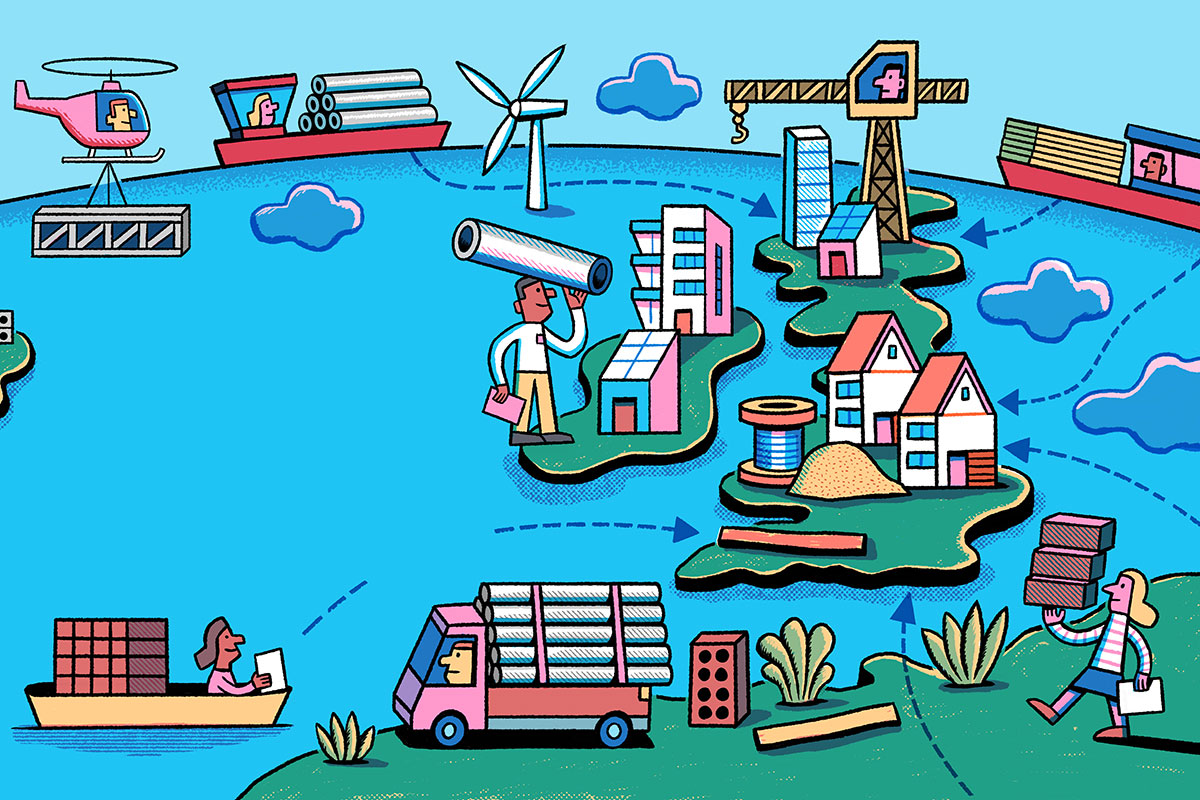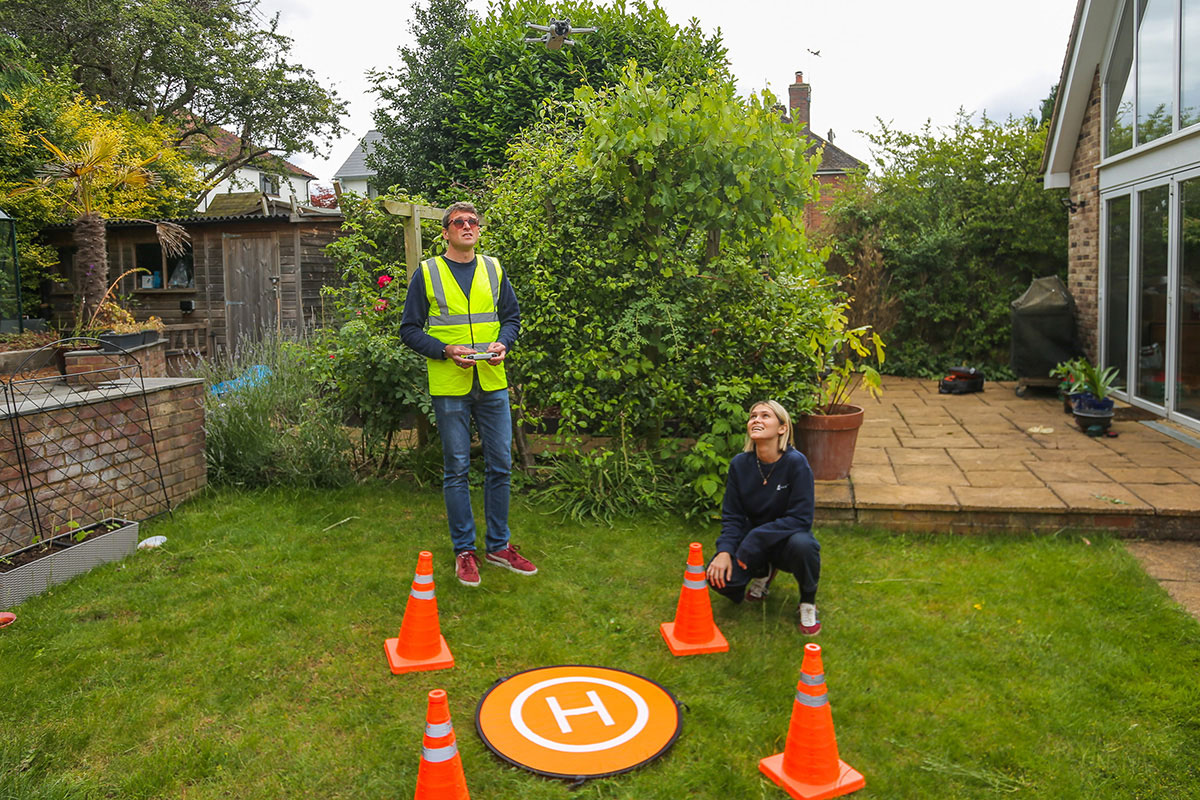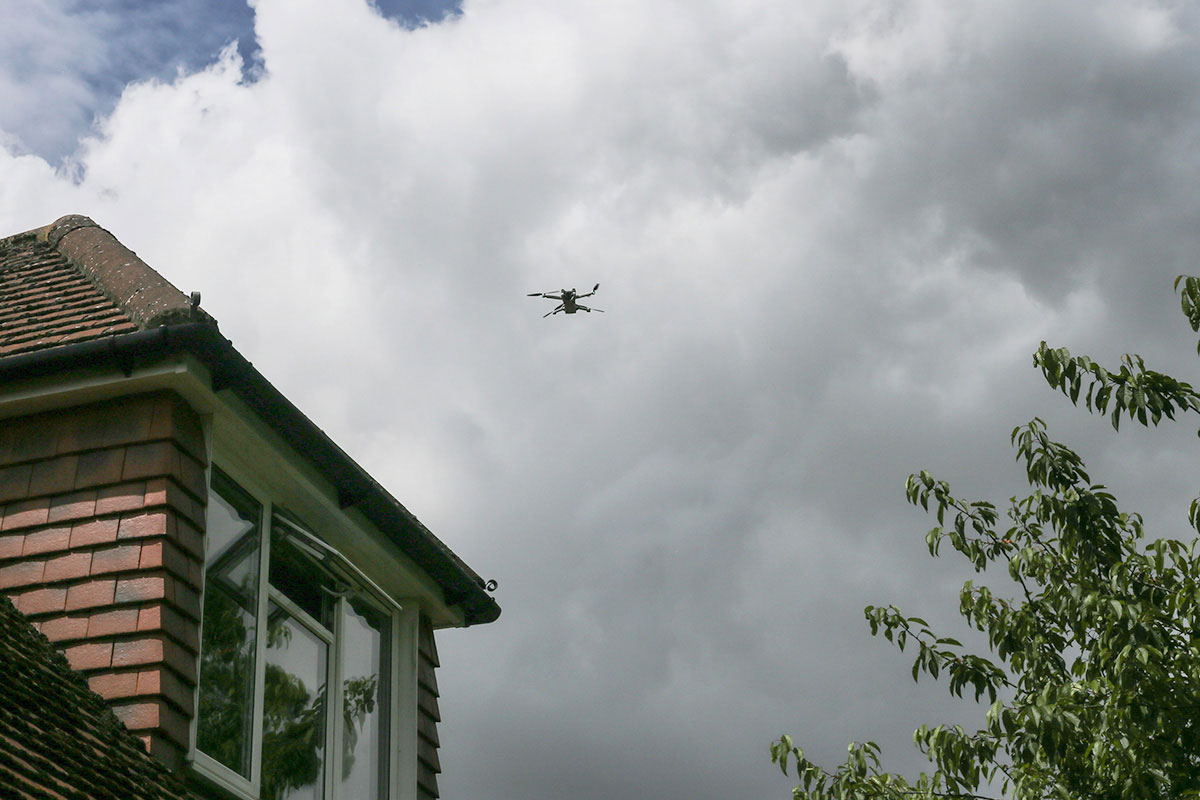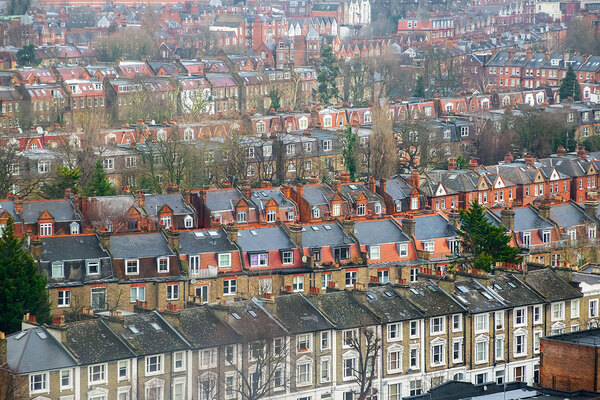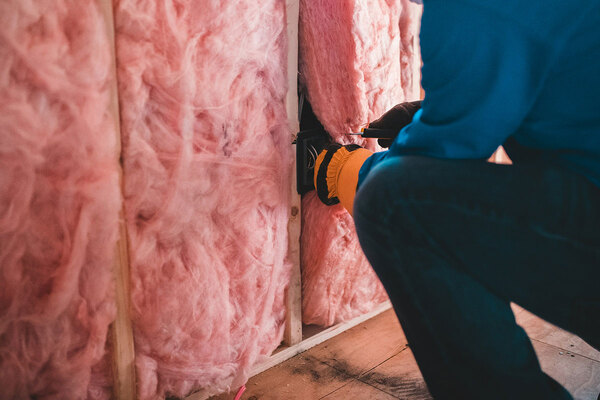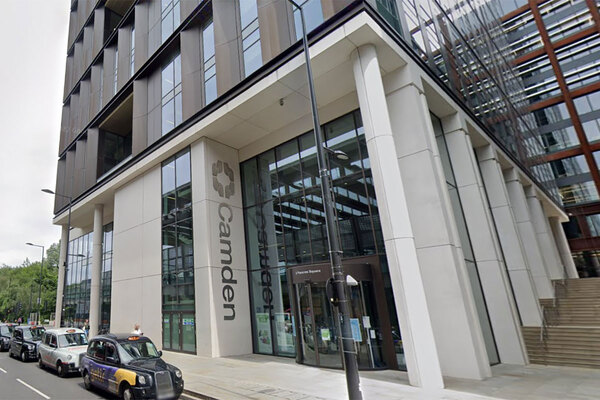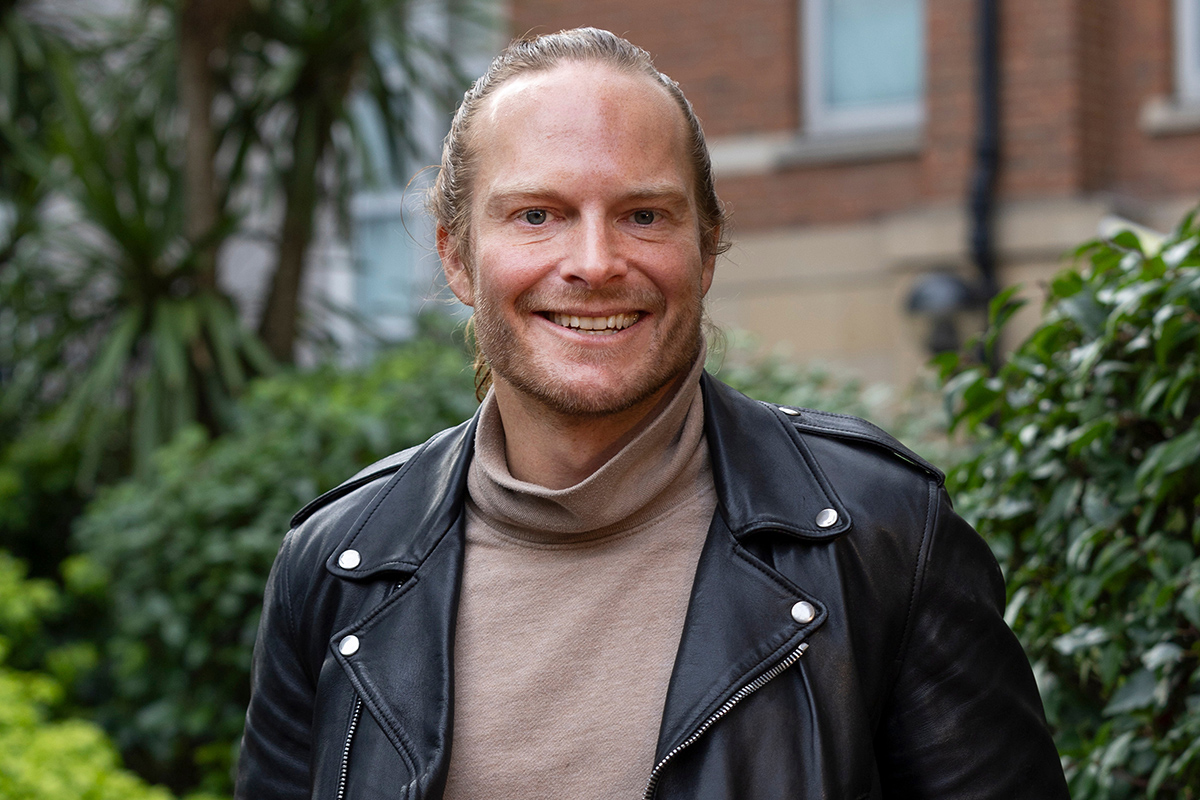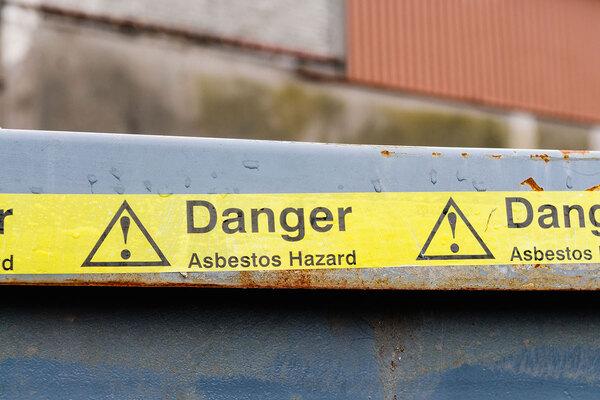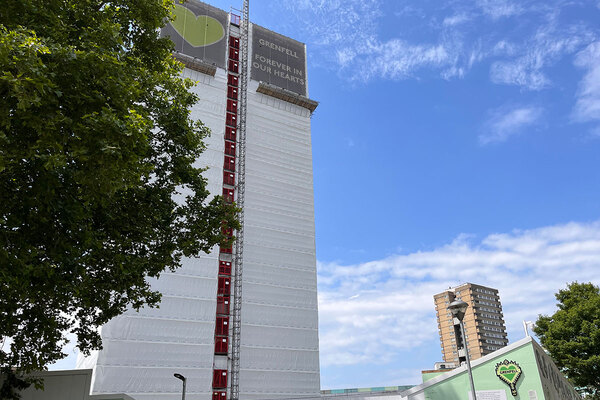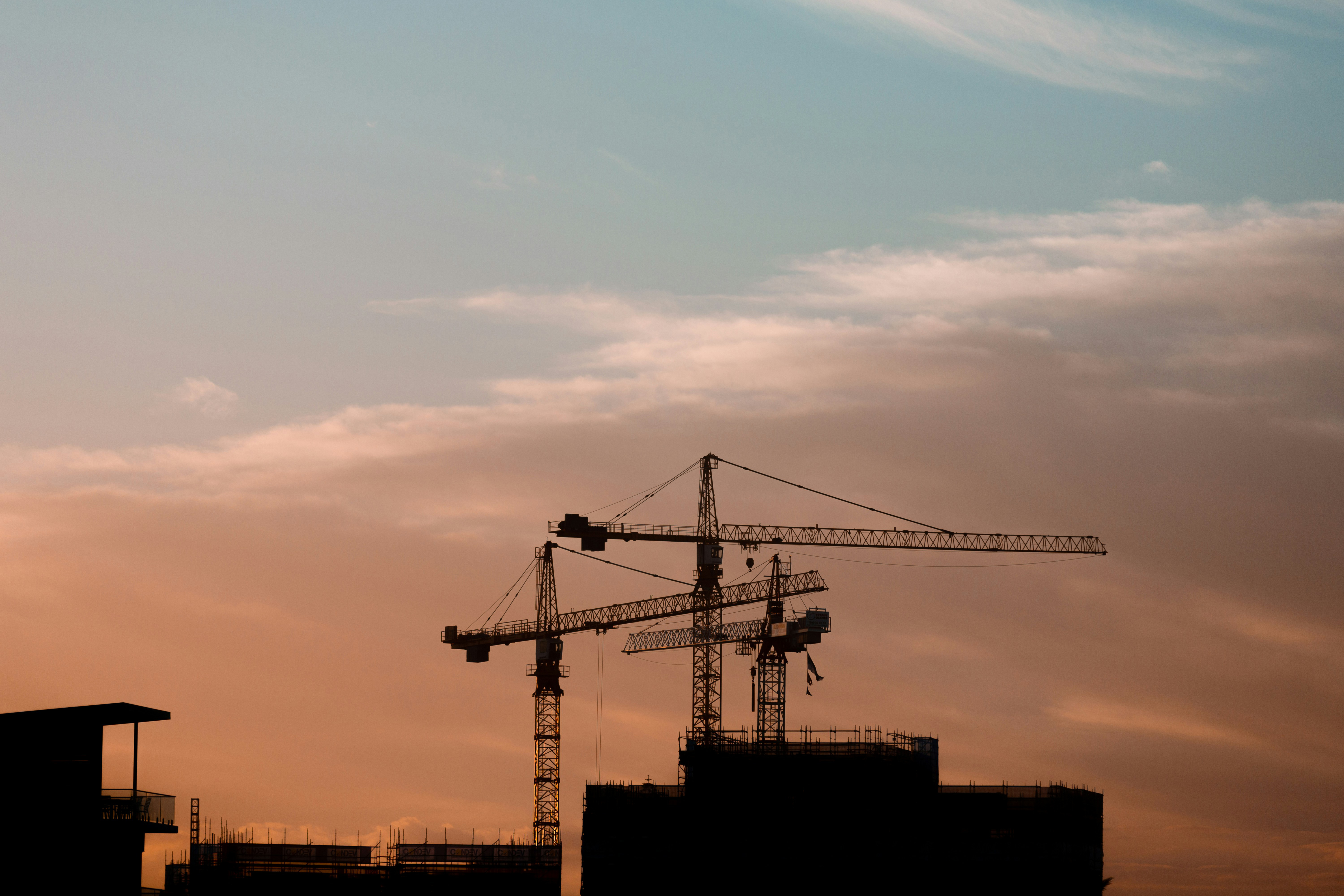How a ‘Google Maps of heat loss’ might make retrofit easier to plan
Technology is opening up new ways to quickly assess which homes are leaking heat, making them a priority to retrofit. Peter Apps reports. Photography by Joseph Walshe/SWNS
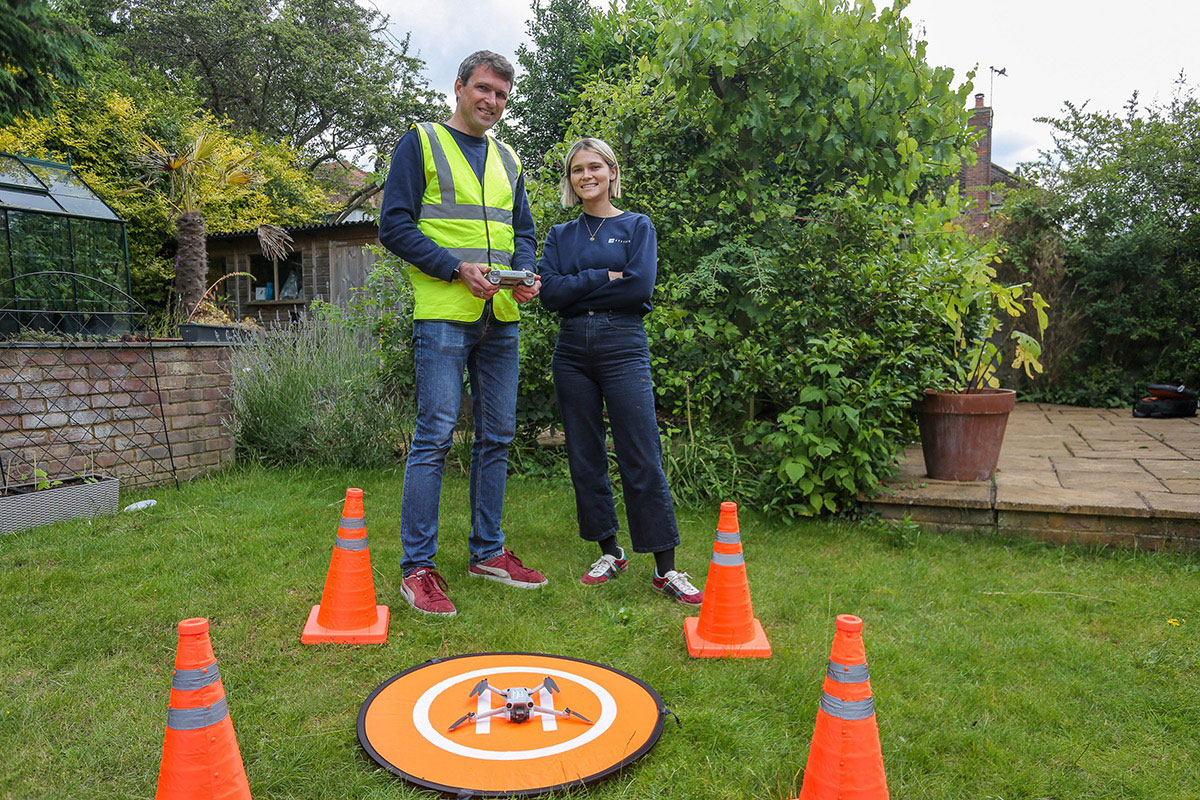
A decade ago, at the Housing conference in Manchester, I was stood at the back of the room with a notepad, hoping to get a news story for our daily magazine out of a session on technology and innovation in the housing sector.
Towards the end, one of the speakers, Paul Taylor, an innovation coach at housing association Bromford, said that providers should be actively exploring the use of drones in housing management. My news reporter senses tingled, and I used that suggestion as a headline, “Housing associations ‘should consider using drones’”, which (predictably) triggered a deluge of comments. Not many of them were positive. I remember one subscriber advising Mr Taylor to go and explore land availability on the Moon.
But in the 10 years that have passed since, Mr Taylor has decisively had the last laugh. Drones are now commonplace in housing management, to the extent that it would seem bizarre to spend a morning putting up scaffolding and to send a worker up to a roof when you could simply pilot a drone and do it in a matter of minutes.
Meanwhile, daily print news editions and notepads feel very 2014. These days, I use an AI-driven transcription app and write news stories for an increasingly digital audience.
I start with this lengthy anecdote because at the Housing conference last month, I chaired a session on AI. At one point, I asked the audience how many of them were currently using AI in housing management. Not a single hand was raised. Will this look as strange in 2034, as the mirth over drones does now?
Retrofit’s data challenge
One area where AI may be on the cusp of shifting the landscape (with the help of drones) is the vexed question of planning the most efficient decarbonisation of the UK’s housing stock.
The idea here is attractively simple: one of the biggest problems we have to overcome is that data on housing stock is patchy and incomplete, and would take human beings far, far too long to usefully analyse. But strap a thermal imaging camera to a drone or a car and you can very quickly gather real-world data on heat loss from tens of thousands of properties.
If you then teach an AI and machine-learning model to analyse this data, you can swiftly identify and prioritise necessary and high-impact strategies to tackle decarbonisation and fuel poverty, without sending a single surveyor to a single property or making a single access request. If successful, this would shred the timeline for planning retrofit works to pieces and allow us to focus our limited resources where they will have the biggest impact.
One of the companies doing this is Kestrix. The company defines itself as a tech start-up, aiming to unlock retrofit at scale. Lucy Lyons, chief executive, says the first step in this is solving “retrofit’s data challenge”.
“We’re trying to build a Google Maps of heat loss,” she says.
The company commissions thermal drone flights over entire areas at a time, with an ultimate goal of covering entire cities.
It is then building AI tools to develop 3D heat loss models from this data, which can build indicative retrofit plans for the buildings.
“The ‘why’ behind this is really just the scale of the problem,” Ms Lyons says. “In order to reach net zero by 2050, we need to retrofit 1.8 homes every minute. And we were just thinking, ‘God, isn’t it stupid that you’d have to go inside every single one, measure the thickness of the walls and have a guess at what’s in the cavities? Surely there’s a faster way to do it.’”
The company is not a drone company in itself – it sub-contracts that work to specialists and instead works on the analysis of the images, providing the software that turns the thermal images into a 3D model and data such as U-values per surface and overall space heating requirements.
“You can actually see a 3D model of where this home is losing heat, but you can also quantify what the heat demand of the home is,” Ms Lyons explains. “So if you scan an estate of 1,000 homes, you can stock-rank them from most leaky to least leaky and come up with the interventions that give you the most bang for your buck.”
The company is working directly with the housing sector already. It has nine customers and two research and development partners in the sector. These include 125,000-home Clarion, as well as Places for People and Vivid. It is working with Peabody on research, carrying out indoor temperature-sensing at 120 properties to help train its machine-learning tool.
For Clarion, it did a street and then an estate of 347 homes, taking images and building models, which the algorithm will ultimately turn into a retrofit roadmap. In all, it is targeting mapping 10,000 homes next year.
And Kestrix is just one player in this space. Another is contractor Mears, which is taking a different approach that utilises cars rather than drones.
The vehicle (which is has branded MappIR) uses a technology called LiDAR (light detection and ranging), a remote sensing method that uses pulsed lasers. This is how the bottom of the oceans are mapped, among many other applications.
It cost Mears £300,000 to develop, and it recently completed its first project – mapping 10,500 social homes in Milton Keynes for the local authority, simply by driving past them with a 360° camera. The data gathered is then fed into retrofitting software that will identify the works required to improve energy efficiency in each building. This does not need checking by a surveyor.
A spokesperson for Mears tells Inside Housing that the technology may help with broader asset management strategies, such as for damp and mould.
“One of the big issues is data quality,” the spokesperson says. “MappIR allows us to learn a lot about the current condition of a property and how it will perform. It also provides a proactive approach to damp and mould issues, as we can highlight homes which are at the greatest risk and prioritise these accordingly. This also helps with funding mechanisms as it makes the process much smoother, resulting in reduced admin and investigative costs.”
The technology could also keep a record of the success of any interventions: it could run repeated mappings of the same properties every year to assess whether their condition is improving or deteriorating.
In the foothills
Both of these technologies – which pinpoint precisely where a property is losing heat – provide a good deal more specific and accurate information than the current system of Energy Performance Certificates, where a surveyor will simply fill in a dropdown list of energy-saving features to produce a generic score.
The AI is also capable of working out when the heating is turned off. This means that the software will not mistakenly assume a house that is not leaking heat due to being under-heated is fuel-efficient.
What about data privacy? Ms Lyons says that since personal information is not being gathered, the data regime is not engaged. “We take data privacy very seriously, not just data privacy issues, but the plain old public perception of drones flying above my house, so we’re thinking very hard about it,” she says.
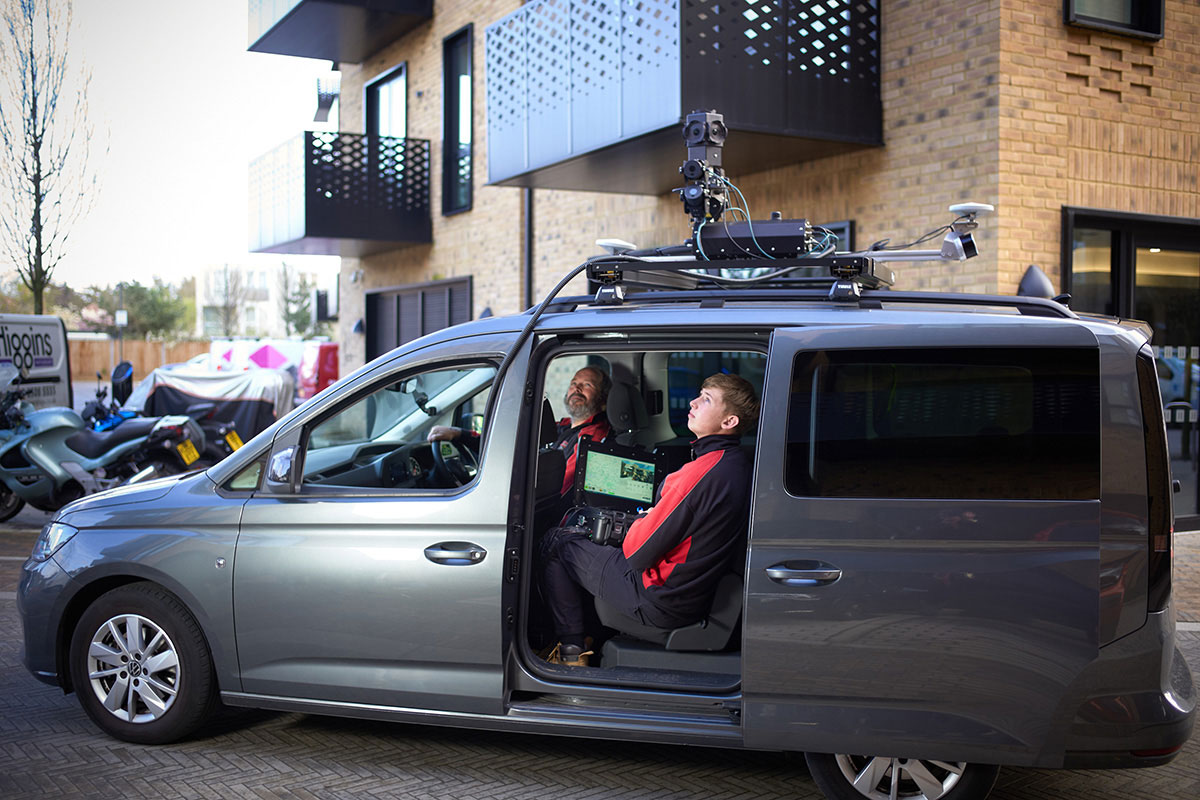
“Contrary to what you might imagine, there actually isn’t a GDPR violation here because we never have the names or contact details of the people whose homes we’re flying over. We actually only need take-off and landing permission from the council or the landowner, which, until now, we’ve not had an issue with, and that’s on 10 or 11 missions.”
So should housing providers be rushing out to digitally map their stock? Nicholas Doyle, director of energy and sustainability consultancy Adecoe, says the technology has real potential, but he sounds a note of caution about moving too fast.
“Thermal imaging is a really useful tool, especially for checking the performance before and after works,” he says. “We all know the sector struggles with data. I’m firmly convinced that AI is going to have a massive impact. We’re just in the foothills here, but it’s amazing what it can do and it’s going to speed things up and give you greater insight – we’re already using it for heat networks.
“My issue is that we need to take a step back and think about what outcome we want for the sector on this. The sector needs to take a big deep breath, look at what data it currently holds, what new data it needs and what outcomes it wants to achieve with it all.”
Currently we have a new government that is about to set new aims and objectives for the sector in this area. We are likely to be moving from Standard Assessment Procedure to Home Energy Model (HEM)-based targets.
“Would I personally be investing in new technology when HEM is coming in?” Mr Doyle says. “It may fit, but it may not. I would hesitate slightly and say, ‘Right, we need to understand what the official modelling looks like and how that plugs in to what we want for our customers.’ It might be brilliant for that, but I would want to answer that question first.”
However it works out in the coming years, it appears certain that AI has a major role to play. Anyone rolling their eyes may end up looking as silly as those of us who laughed at drones 10 years ago.
Recent longform articles by Peter Apps
Cladding remediation: why is progress so slow?
It has been nearly seven years since the Grenfell fire, yet thousands of buildings are still in need of cladding remediation. Peter Apps investigates why the process has been moving at such a glacial pace
How a ‘Google Maps of heat loss’ might make retrofit easier to plan
Technology is opening up new ways to quickly assess which homes are leaking heat, making them a priority to retrofit. Peter Apps reports
What it is like to live in Nine Elms as an affordable housing resident
While the wealthy private owners of flats in Nine Elms enjoy the use of the swimming pool and orangery, affordable housing tenants are struggling to get repairs done. Peter Apps reports
The water will come: how should the social housing sector prepare for a wetter world?
Peter Apps looks at how social landlords should prepare themselves to respond to flood emergencies, which are set to become more frequent as the climate changes
The office-to-residential conversions which have become slum housing
Poorly converted office blocks are putting people in temporary accommodation at risk of serious harm. Peter Apps reports
Sign up for the IH long read bulletin
Already have an account? Click here to manage your newsletters


